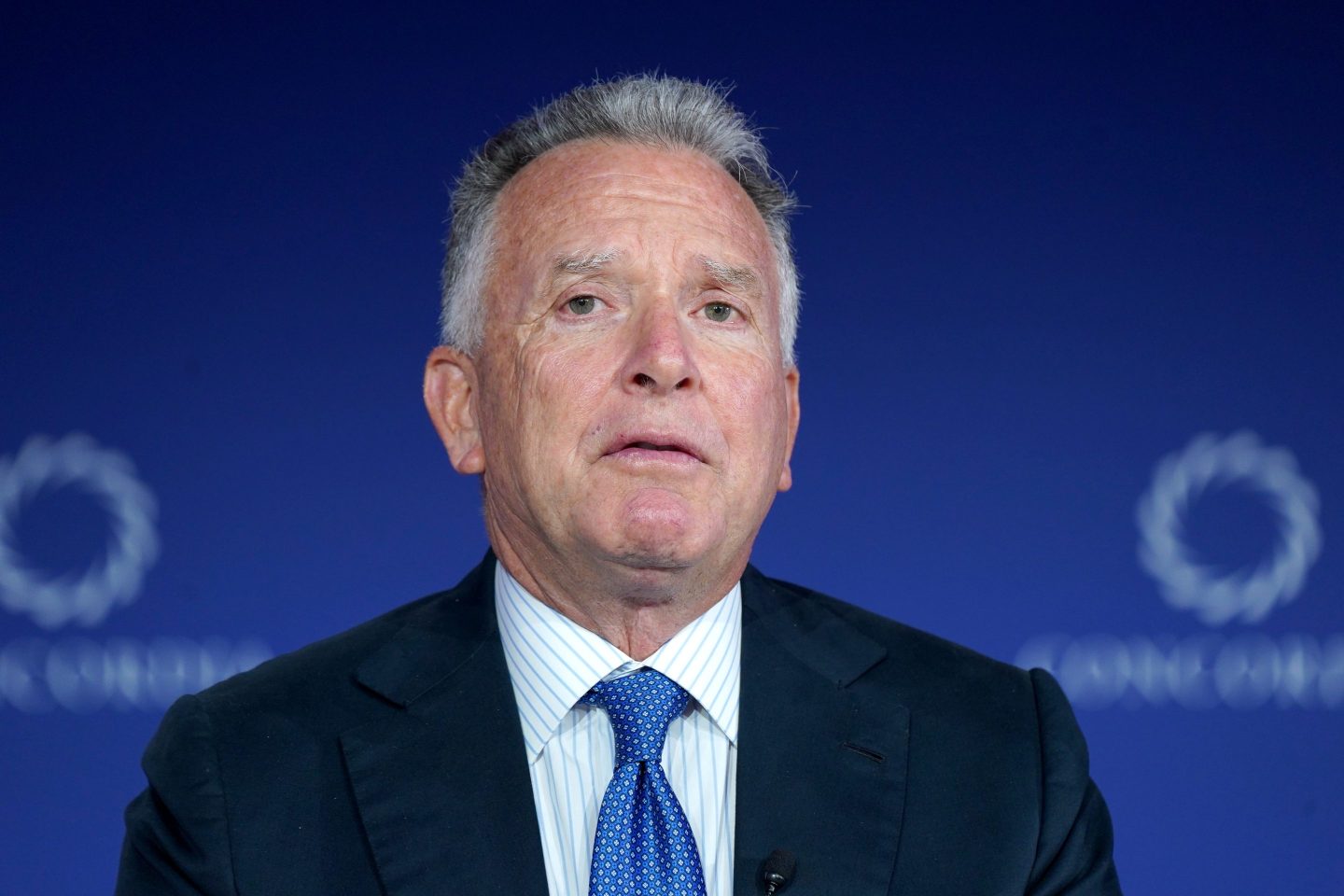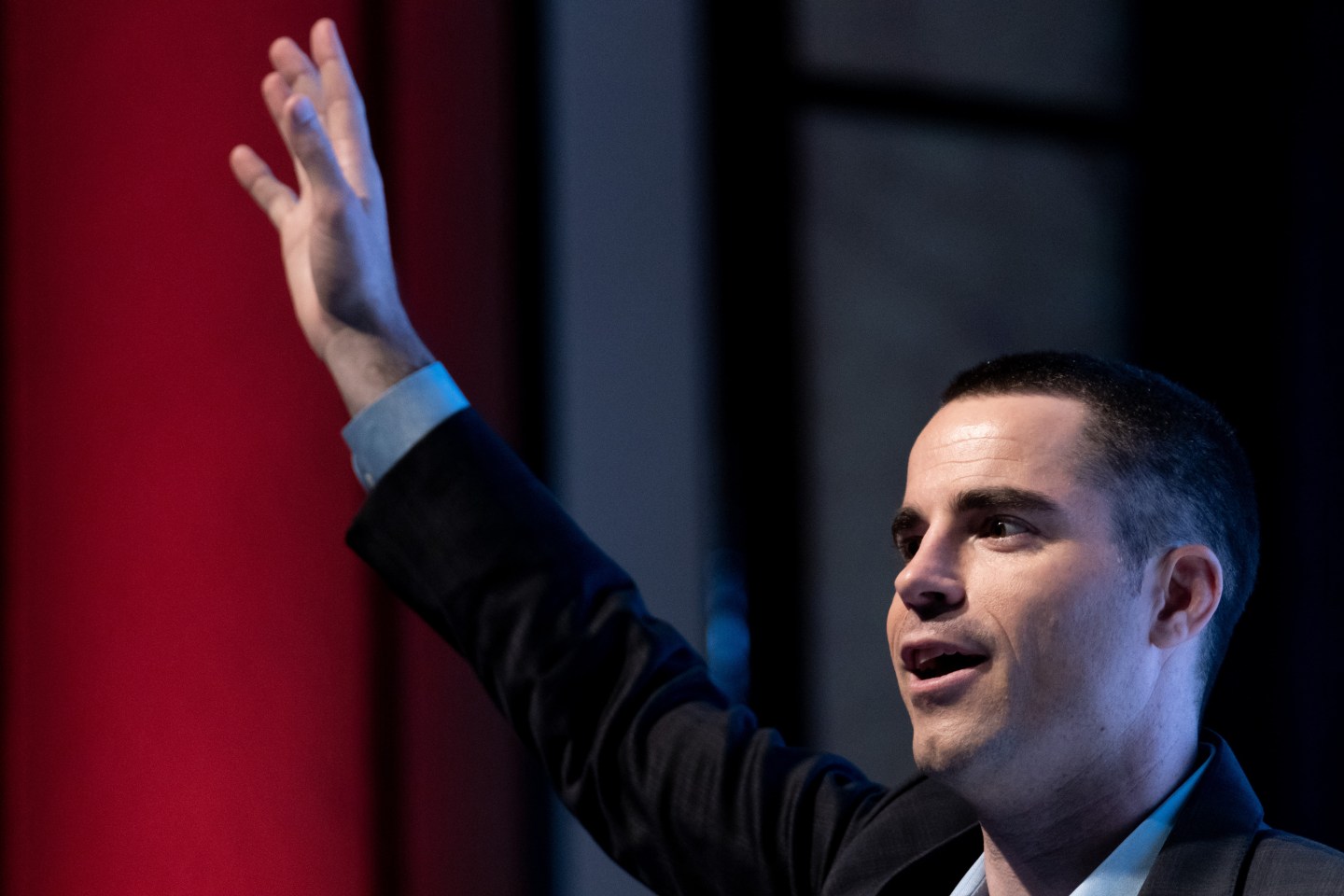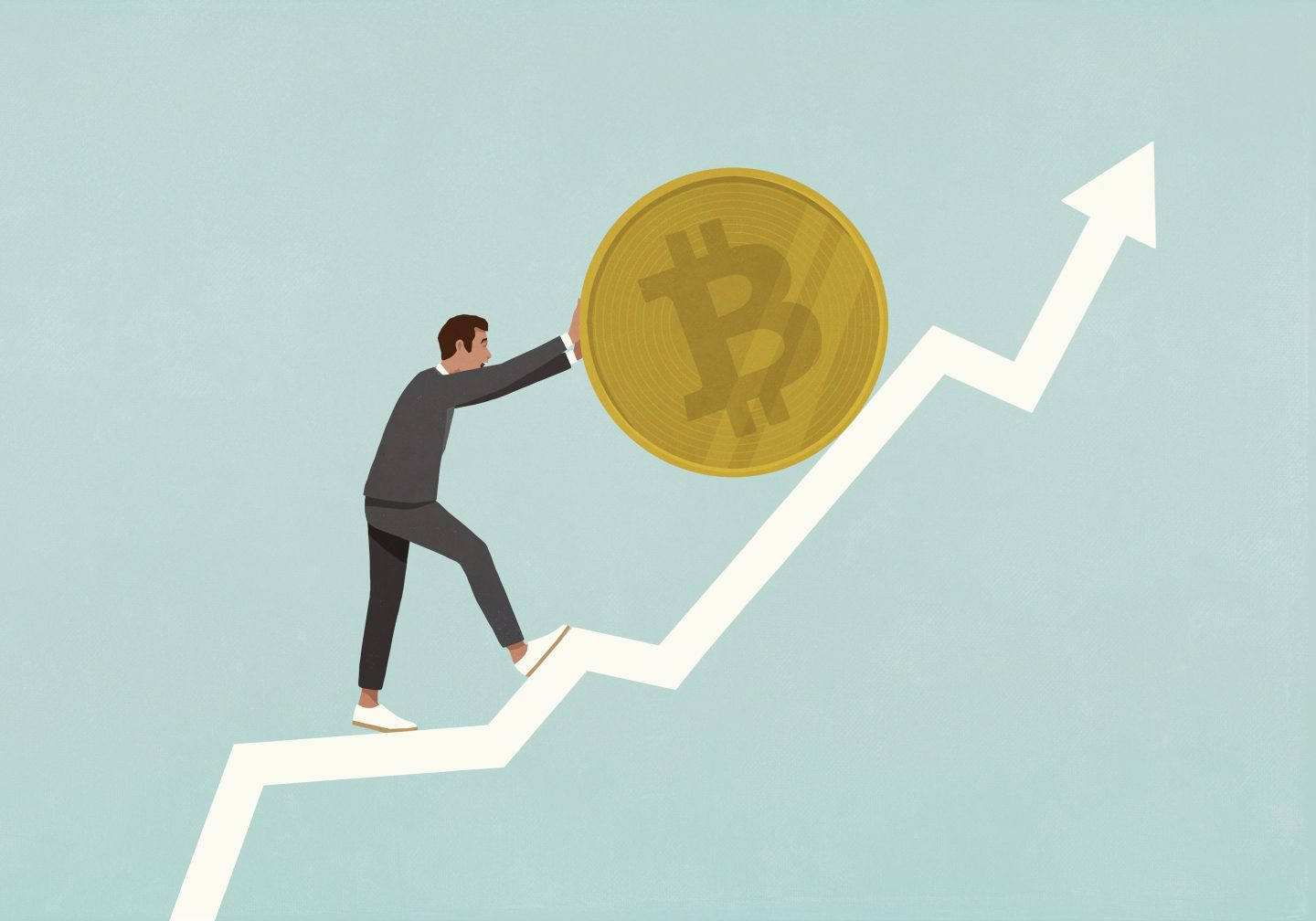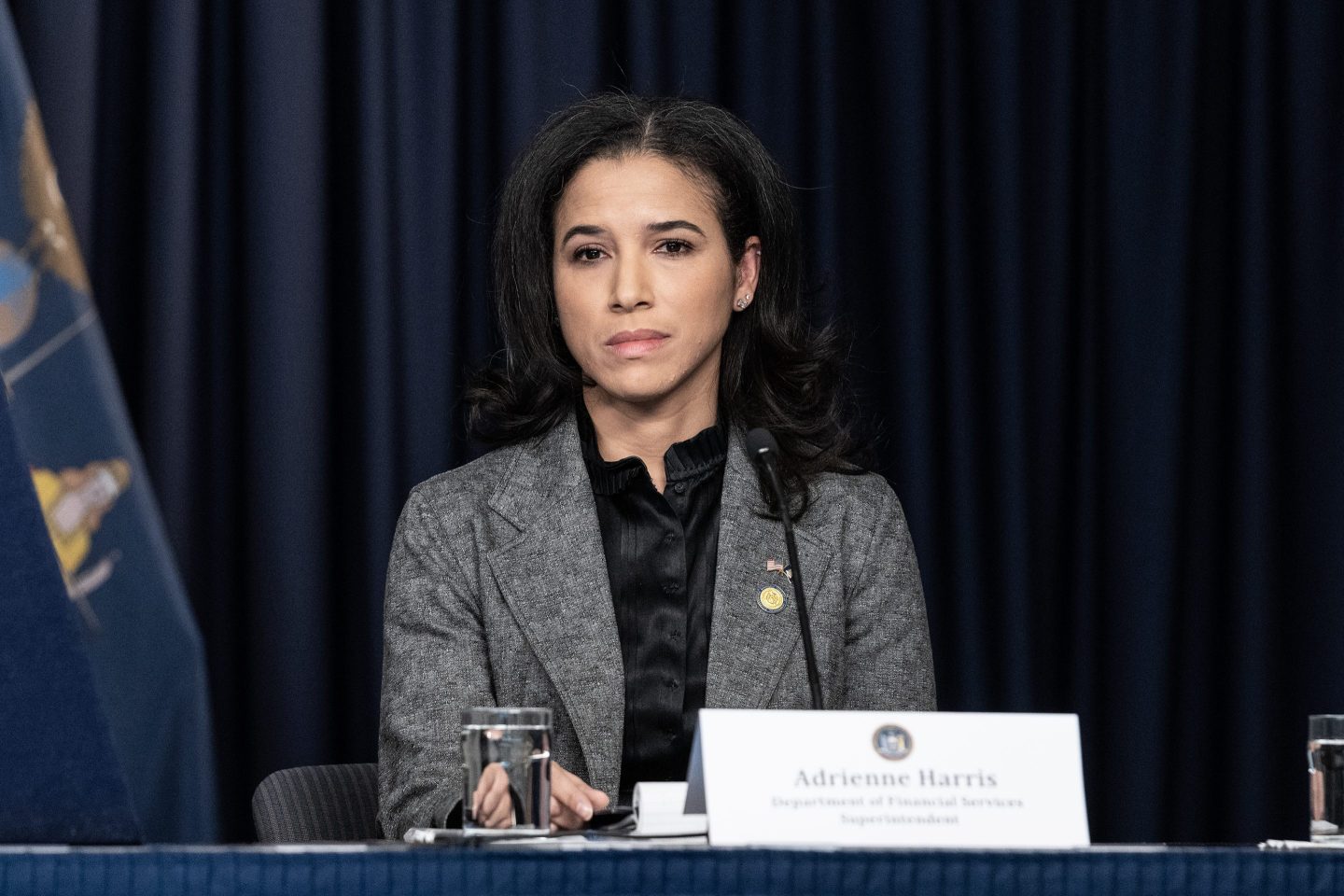President Donald Trump has called himself a “crypto president” and, to this end, has promised to establish a national Bitcoin reserve, and issued an executive order after he took office to explore the creation of a national stockpile for cryptocurrencies. The January order was light on details but, on Sunday, Trump provided some specifics.
“A U.S. Crypto Reserve will elevate this critical industry after years of corrupt attacks by the Biden Administration,” he posted on Truth Social, his social media platform. He then went on name four other cryptocurrencies in addition to Bitcoin, which would likely be a default currency to include in any reserve.
The U.S. already owns all of these currencies as a result of seizures by law enforcement. But creating a reserve would almost certainly entail purchasing them with money collected by the country’s tax-payers—a move that has raised eyebrows even among the President’s allies. If Trump goes ahead with the plan, what exactly would the country own? Here is an overview of the five digital coins he named:
Bitcoin
Trump did not name initially the world’s largest cryptocurrency in his first post on Truth Social—but then did so as something of an afterthought: “I also love Bitcoin and Ethereum!” he said, after name-checking three other, smaller tokens.
Bitcoin is by far the biggest and most popular digital token, with a market cap of around $1.8 trillion, and is widely regarded as the original cryptocurrency. It was launched in 2009 by Satoshi Nakamoto, a mysterious and pseudonymous cypherpunk. Nakamoto wanted Bitcoin to be a rival to the U.S. dollar without any centralized actors in control of the currency. To ensure Bitcoin was decentralized, he issued the digital currency on a blockchain, or a database over which no one person or entity has complete power.
Bitcoin has since become a global phenomenon and inspired a flood of developers to release their own cryptocurrencies.
Ether
In 2015, a wiry Canadian programmer named Vitalik Buterin launched the Ethereum blockchain. Cloud computing giants like Google or Amazon own large centralized warehouses of servers that they rent out to developers. Buterin designed Ethereum as a decentralized cloud computing network that no one entity controls.
Rather than pay fees to a big tech goliath, developers pay a network of operators with Ether, Ethereum’s native cryptocurrency. The blockchain has gained popularity among banks and companies, which have adapted it for their own use. Ether is the second-largest cryptocurrency by market capitalization and is worth about $283 billion.
XRP
While Bitcoin and Ether are the most well-known cryptocurrencies, the first token Trump named in his two posts on Sunday was XRP. The currency is closely associated with the firm Ripple, whose CEO Brad Garlinghouse recently dined with the President, and which has been instrumental in helping the crypto industry win legal battles and political influence.
Launched in 2012, XRP is the native cryptocurrency for the XRP Ledger, a decentralized database designed to rival Bitcoin’s blockchain. It’s the third-largest cryptocurrency in value, worth about $150 billion by market capitalization. Despite its large valuation, XRP is often labeled a “ghost chain” for its lack of activity. In 2024, only 23 full-time developers were active on the chain compared to almost 2,200 on Ethereum, according to a report issued by crypto venture capital firm Electric Capital.
Solana
A Silicon Valley favorite, especially of Trump’s AI and crypto czar David Sacks, Solana is the sixth-largest cryptocurrency by market capitalization. It’s worth more than $80 billion.
Launched in 2020, the cryptocurrency supports the Solana blockchain, which is designed to be a faster version of Ethereum. The token was closely associated with Sam Bankman-Fried and his crypto exchange FTX. Its price took a beating after FTX collapsed but has since rebounded to an all-time high in January.
Cardano
In 2017, Charles Hoskinson, a co-founder of Ethereum, helped launch Cardano, a blockchain that aims to challenge Ethereum.
Named after famed computer scientist Ada Lovelace, its native cryptocurrency, ADA, has since become one of crypto’s most valuable. It’s worth about $35 billion by market capitalization and is the eighth-most-valuable token in the industry. Like XRP, Cardano is often denigrated as a “ghost chain” for its lack of activity. In 2024, only 189 full-time developers worked on Cardano, according to Electric Capital.












